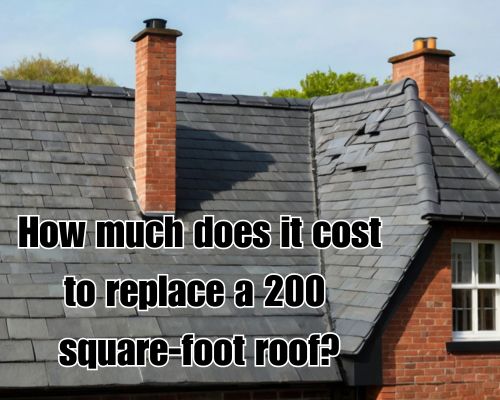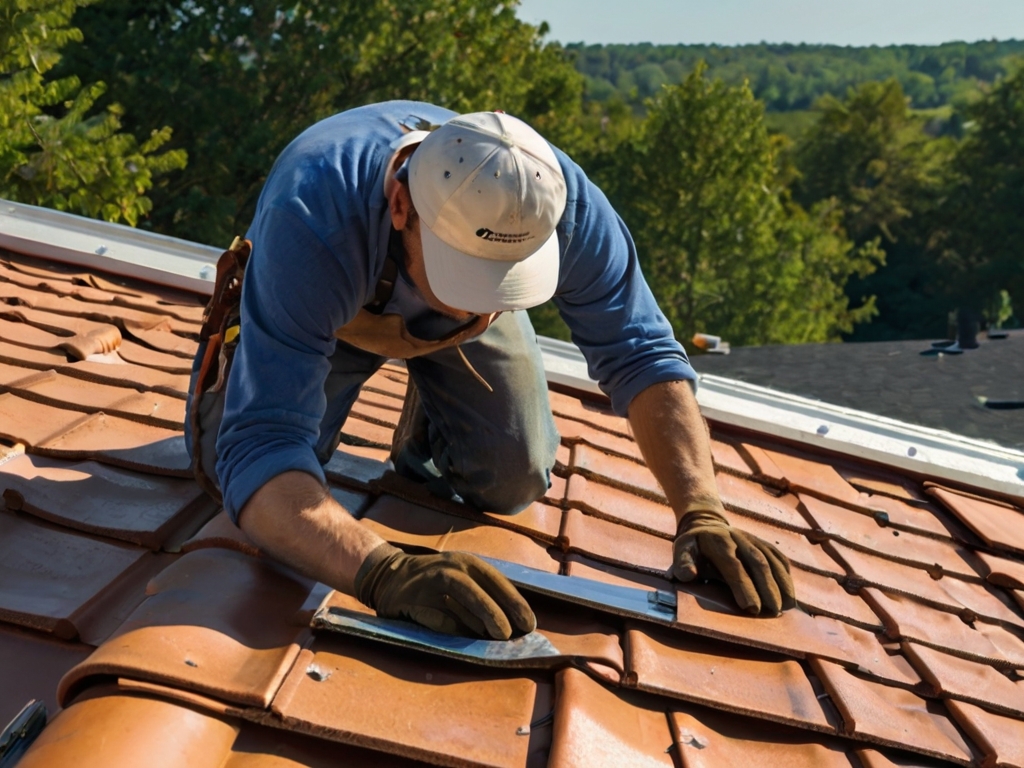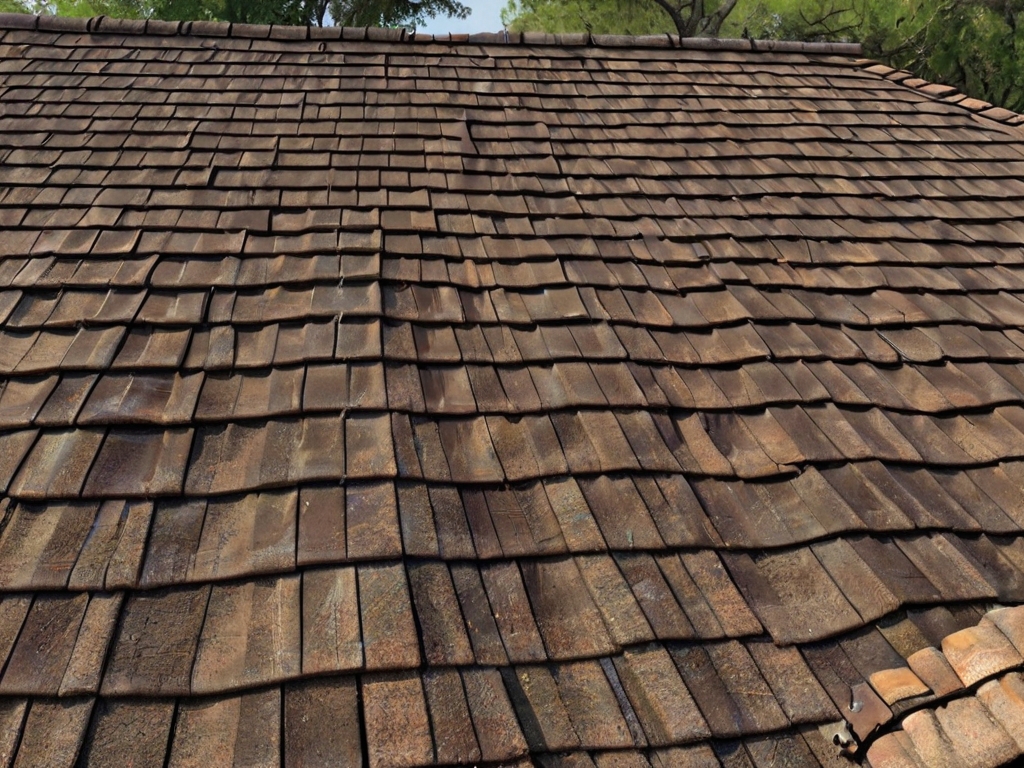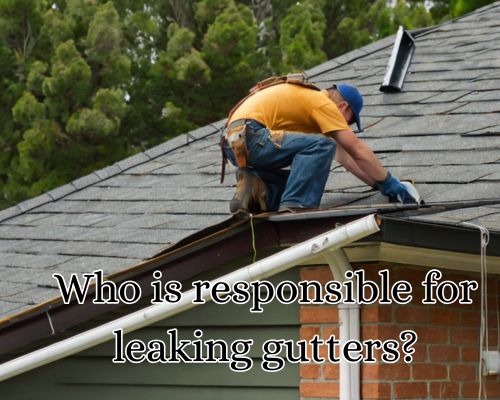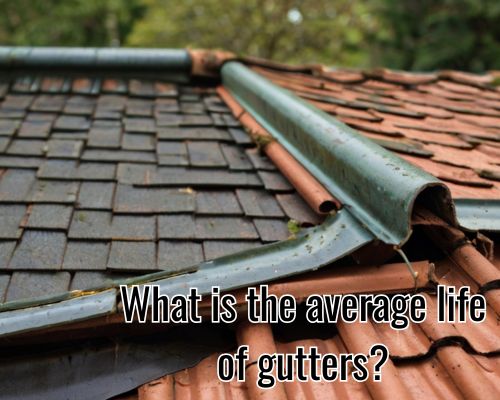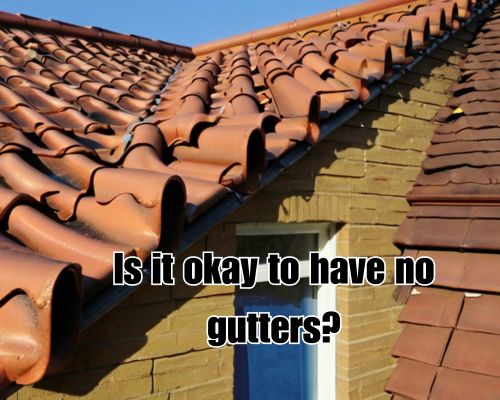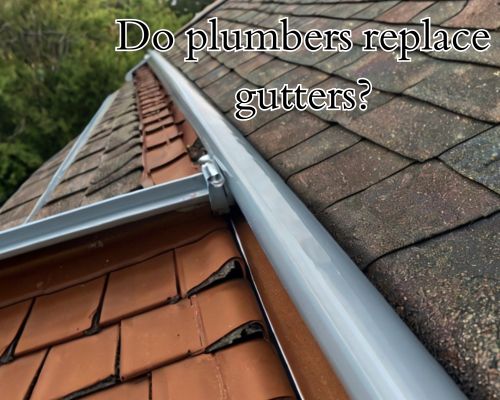According to ASME Section VIII Division I, hydrostatic pressure is conducted at the pressure of 1.5 times design pressure. If a vessel is design for holding 1.0 kg/cm2.g pressure, the hydrostatic pressure test has to be done at 1.5 kg/cm2.g.
Hydrostatic test is also applied to existing equipments and pipe lines to check for leakage after being repaired or maintained. Hydrostatic job number increases during plant Turn Around period. Because at that time, most of equipments are opened for checking, inspection, clean-up, repairing, replacing certain parts or performing internal modification.
The use of high pressure is the main source of hazards associated with hydrostatic pressure test. Hydrostatic test stores energy. High pressure could damage the facilities and endanger worker's safety. You should have included this into your own hazard identification.
Safety Checklist:
In order to prevent accident from hydrostatic test operation, we have to make good preparation prior to do the test, during the pressurization process and depressurizing operation. These jobs should be made in the form standard operating procedure. And here are the safety checklists for each stage.
Hydrostatic test preparation:
Specification sheet of the equipments and or pipe line, which mentions pressure and temperature designs are available and complete.
* Hydrostatic test pressure and temperature standard are already clearly defined in the related document.
* Supported documents such as P&ID and isometric drawing are available and conform to as built facilities at the field.
* Pressure test planning has to be distributed to all relevant sections in the plant site at least two days before the execution date.
* Make good coordination among related sections that involve in the test.
* All test equipments and tools shall be inspected for wear and damage.
* Pressure measurement tools are calibrated and their statuses of calibration are still valid.
* Pressure gauges used in the test have enough capacity. The gauges are recommended to have 150% of the maximum allowable working pressure.
* The pressure gauge is safety type, with blowout back.
* Pressure gauges must be installed at a proper location so that it can be easily read and do not create additional hazards to the hydrostatic test or expose personnels to the vessel being tested.
* All the temporary tools (such as valve, fitting, hoses, flanges, blind plate, etc) have to be rated more than the maximum hydrostatic pressure.
* Isolate other equipments and pipe lines that do not include in the hydrostatic test.
* Vents are available and installed the high points to vent air. Check the vent line before testing and make sure it is not blocked.
* Choose drain valve at the lowest point in order to completely empty the vessel and pipe.
* Safety relief valve is already installed. Safety relief valve setting is 1.5 times maximum allowable working pressure.
* Safety relief valve is calibrated.
* Isolate the test area and surround it with safety line. Put appropriate safety sign at that area.
* Do not allow person who does not have any relation with the hydrostatic test, to enter the test area.
* If possible perform the test from a remote area.
* Make sure that all pipe and vessel supports are in good condition and have been inspected.
* All hoses must be tied down.
* Water temperature must be more than 16oC (60 F).
* The hydrostatic-pressurizing pump is completed with safety relief valve.
* Wear proper personal protective equipments.
* Do not start the test if a problem is identified.
* Issue a work safety permit by authorized personnel.
Pressurization process:
* Remove all air from the vessel and pipe line by water through vent line.
* Pressurization is conducted gradually/slowly.
* Mark all leak points and repair them before preceding the test.
* Do not monitor during pressurization step directly from the front of sight glass or level glass.
De-pressurization process:
* Start de-pressurization by opening gradually the vent valve. Do it slowly.
* Do not open the drain valve if the vent valve if still closed. This is to avoid vacuum condition inside the vessel.
* Open the lowest drain point to completely remove water from the vessel and pipeline.
* Ensure that no remaining pressure trapped inside the pipe line or vessel.
The above hydrostatic pressure test safety checklist will ensure worker's safety and the facility of the plant. Thus, do not try to ignore them.


